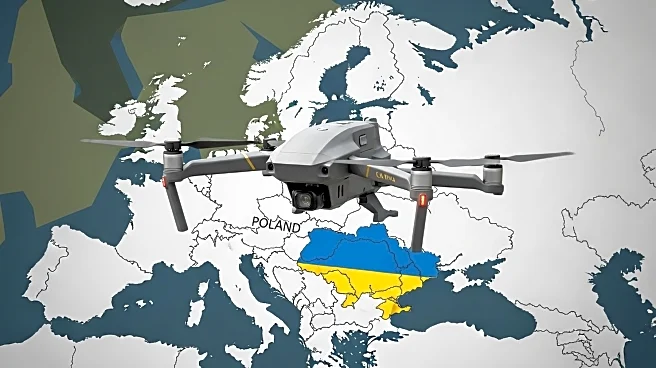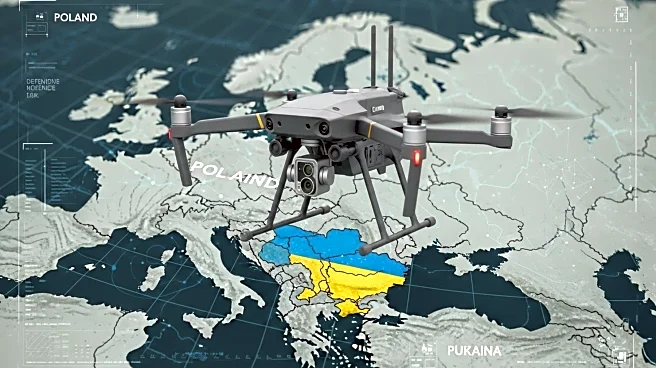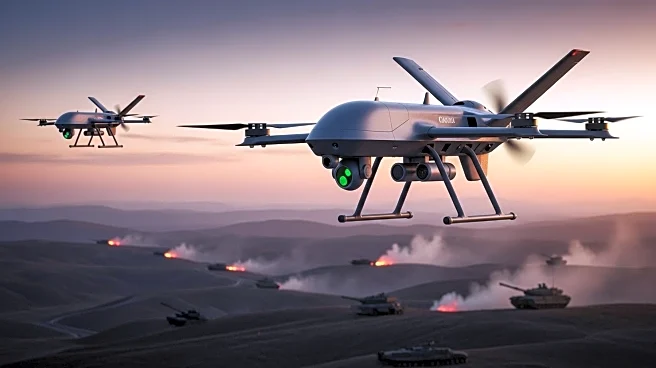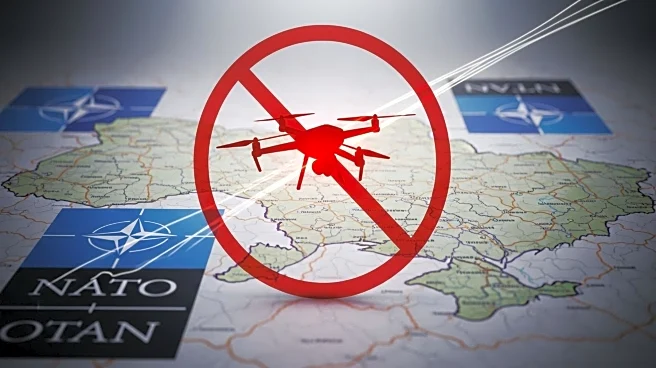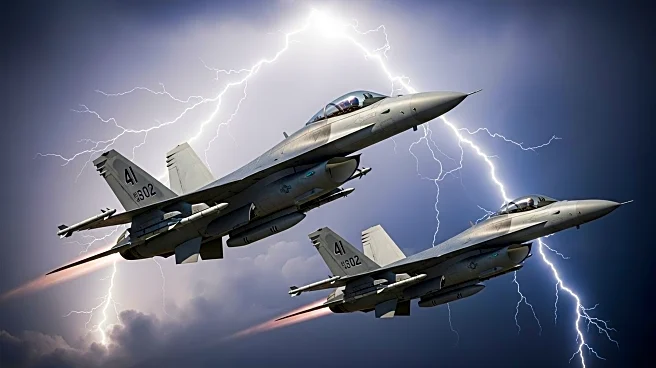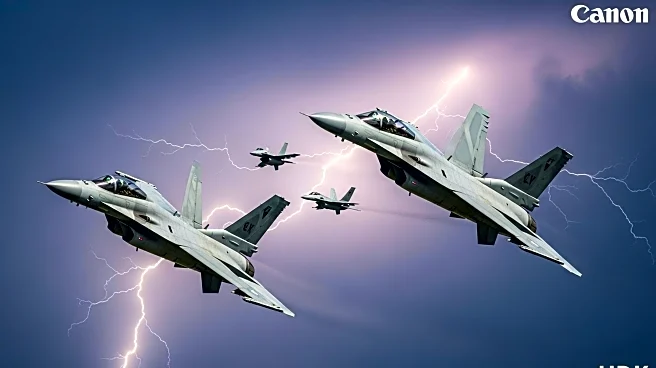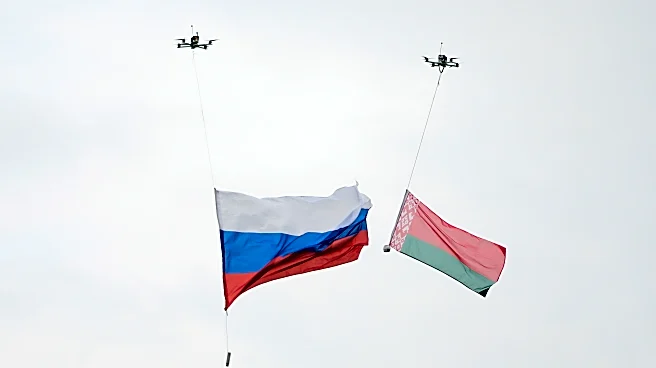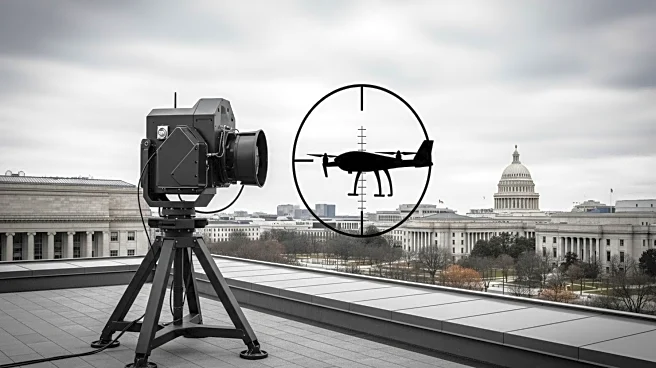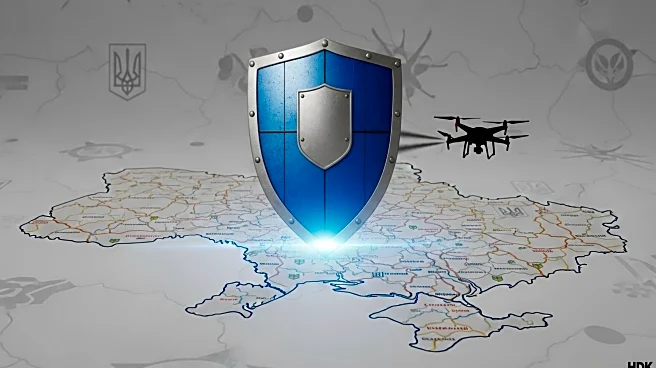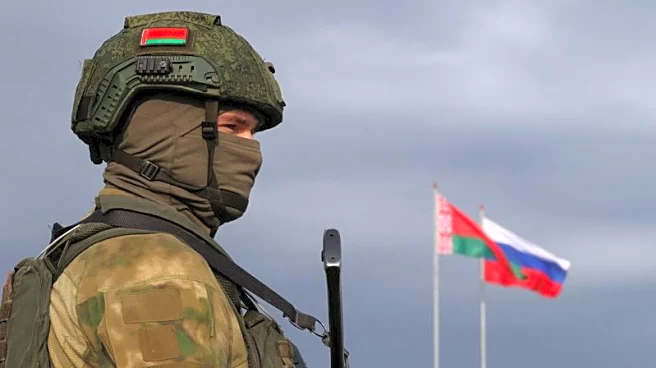What's Happening?
Poland is collaborating with Ukraine to enhance its drone warfare capabilities after Russian drones entered Polish airspace, prompting NATO to deploy fighter jets. This partnership involves joint military training and manufacturing projects, as well as the establishment of a working group for uncrewed systems. The collaboration aims to improve drone interception methods and ensure compatibility between Polish and Ukrainian armed forces. This development comes amid ongoing tensions in Eastern Europe, with Russia showcasing its military power in exercises with Belarus.
Why It's Important?
The incursion of Russian drones into Polish airspace highlights the growing threat of uncrewed aerial systems in modern warfare. By leveraging Ukraine's battle-tested expertise, Poland aims to strengthen its defense capabilities and address vulnerabilities exposed by the recent incursion. This partnership also signifies a broader regional effort to counter Russian aggression and enhance security cooperation among Eastern European nations. The collaboration could lead to advancements in drone technology and tactics, potentially influencing military strategies across NATO member states.
What's Next?
Poland and Ukraine will likely continue to develop and refine their joint drone warfare strategies, with potential implications for NATO's overall defense posture. The success of this collaboration could encourage other NATO members to pursue similar partnerships, fostering greater regional security integration. Additionally, ongoing tensions with Russia may prompt further military exercises and strategic adjustments by NATO to deter potential threats.
Beyond the Headlines
The increasing reliance on drone technology in warfare raises ethical and legal considerations, particularly regarding the use of autonomous systems in combat. The development of advanced drone capabilities may lead to debates over the regulation and oversight of such technologies, as well as their impact on civilian populations and infrastructure. These discussions could shape future international agreements and norms governing the use of drones in military operations.

